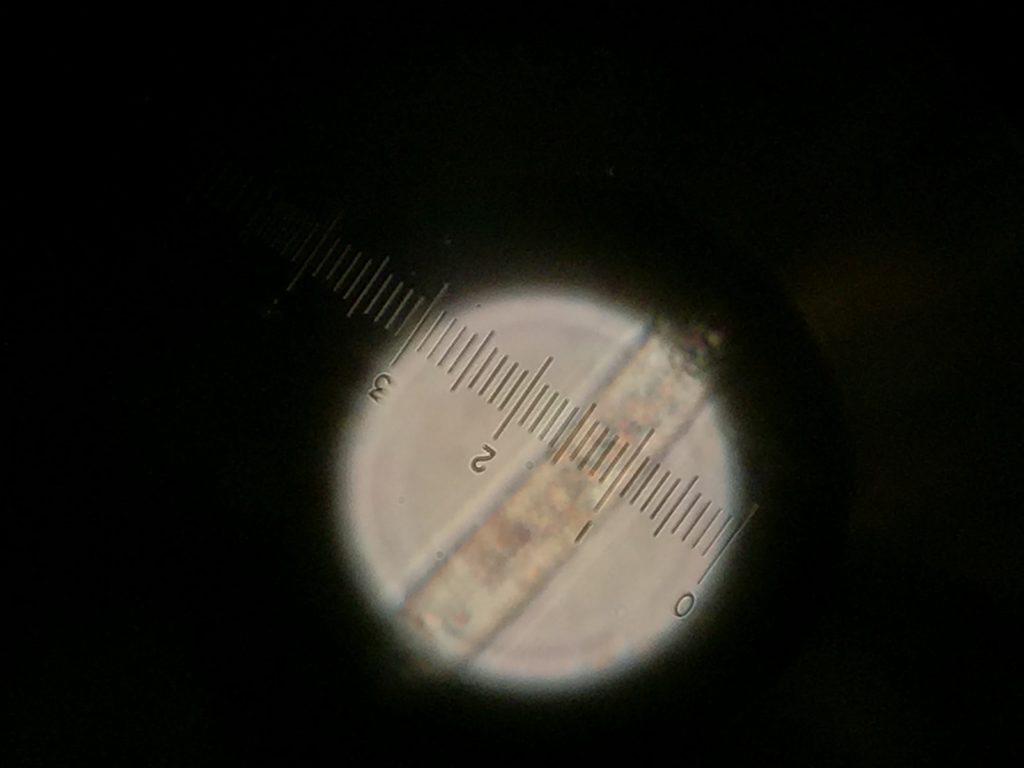

Particles released from the biosphere into the atmosphere are called primaryīiological aerosol particles (PBAPs). The presented approach enables systematic studies aimed at the quantification and validation of spore emission rates and inventories, which can be applied to a regional mapping of cryptogamic organisms under given environmental conditions.

The results obtained for this model species reveal characteristic spore release patterns linked to environmental or experimental conditions, indicating that the moisture status of the sample may be a regulating factor, whereas temperature and light seem to play a minor role for this species. For fruitingīodies of the basidiomycetous species, Rigidoporus microporus, the model species for which these techniques were tested, the highest frequency of spore release occurred in the range from 62 % to 96 % relative humidity. Both approaches were combined with bioaerosol sampling techniques to characterize the released particles using microscopic methods. For experiments in the laboratory, we developed a cuvette to assess the particle size and number of newly released fungal spores under controlled conditions, simultaneously measuring temperature and relative humidity inside the cuvette. For measurements under natural conditions, the samples were kept in their natural environment and a setup was developed to estimate the spore release numbers and sizes as well as the microclimatic factors temperature and air humidity in parallel to the mesoclimatic parameters net radiation, rain, and fog occurrence. Here we present an experimental approach to analyze and quantify the spore release from fungi and other spore-producing organisms under natural and laboratory conditions. Measurement data on the release of fungal spores under natural conditions, however, are sparse. Furthermore, PBAPs could also be important ice nuclei in Amazonia. In the Amazon Basin, primary biological aerosol particles (PBAPs) account for a large fraction of coarse particulate matter, and fungal spores are among the most abundant PBAPs in this area as well as in other vegetated continental regions.

2 Department of Biogeochemical Processes, Max Planck Institute for.1 Multiphase Chemistry and Biogeochemistry Departments, Max Planck Institute for Chemistry, Mainz, 55128, Germany.


 0 kommentar(er)
0 kommentar(er)
